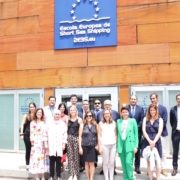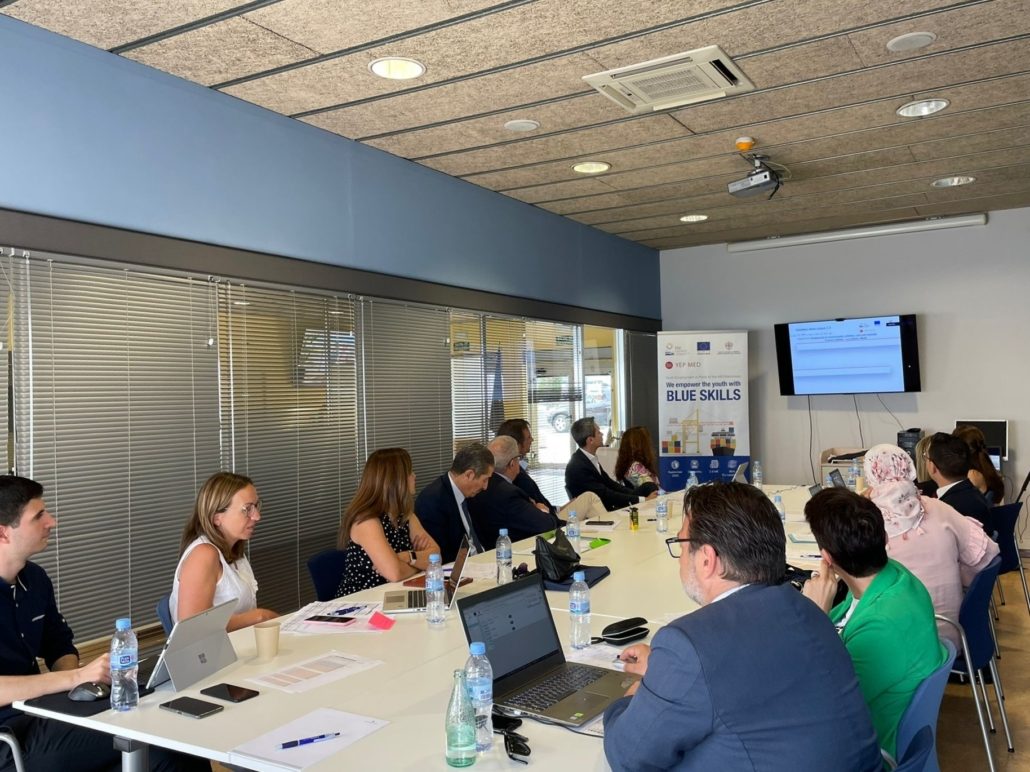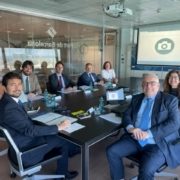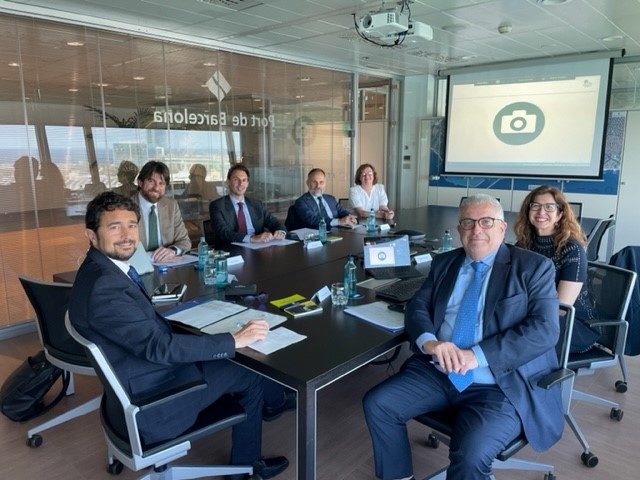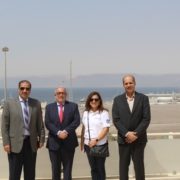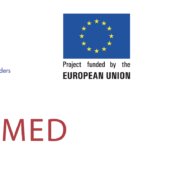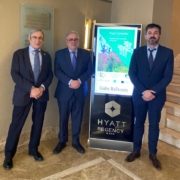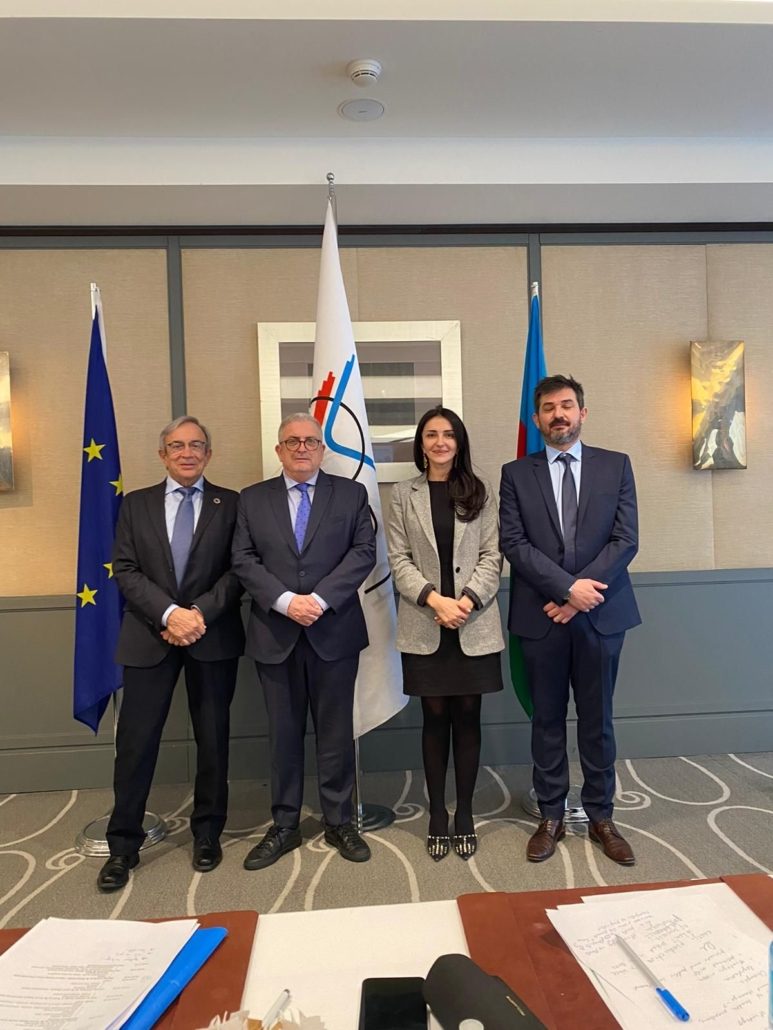Virtualization and simulation at the Escola Europea’s Portvirtuallab.com
The development of advanced computer systems is enabling new ways of interacting and learning via simulators: a trendy learning environment that enhances learners’ experiences.
Some logistics organizations are betting heavily on technology, either to improve their competitiveness in an increasingly digital world, for mimicry with other similar companies in the sector or for fear of being left behind in the new relationship models between operators.
The adoption of simulators and virtual reality for initial and continuing education allows trainees to gain hands-on work experience in a remote, risk-free environment; it enables them to solve problems more effectively, ultimately improving customer experiences. These immersive programs have much broader use, as they can enable participants to develop skills for career advancement.
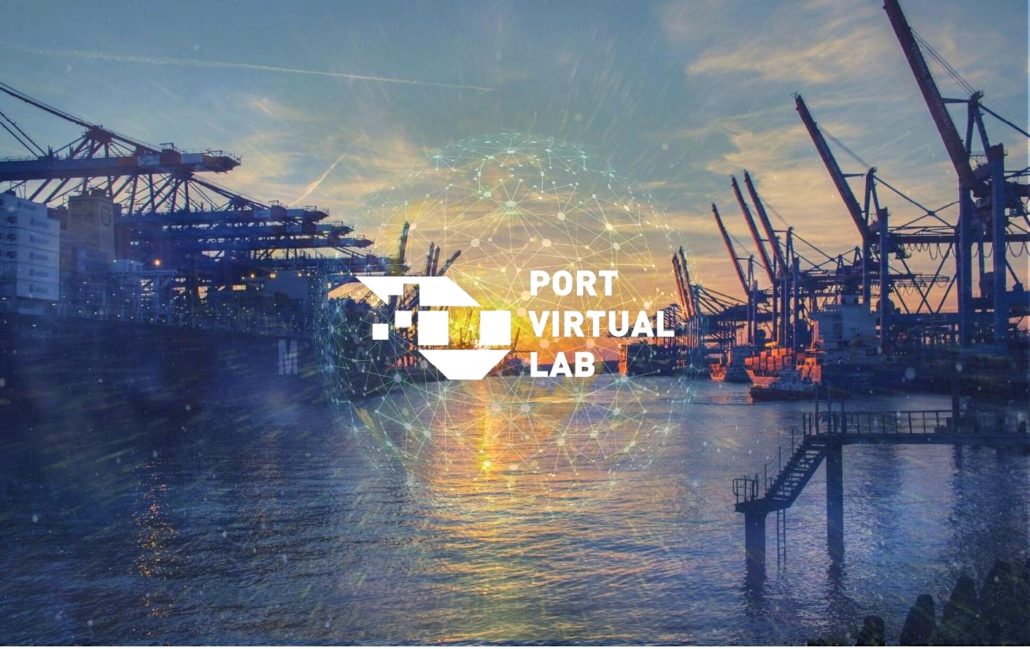
Simulators open the door to new possibilities and innovative ways to leverage digital learning solutions, within a larger ecosystem. The virtual simulator creates a digital world in which users can interact, collaborate, practice and solve problems. It is ideal for corporate and collaborative learning, providing learners with the tools they need to succeed while allowing them to manage their own learning experience.
Digital disruption and simulators
Learning moves into what would be neuro-linguistic programming, as the learner experiences the experience as a reality. The learner is in the space and work environment in which we can transfer the knowledge and procedures to successfully perform the operations. It is the closest thing to the realization of an internship in a company. If this is complemented by a teacher who accompanies him/her in the realization of the activities, not directly but by giving support, when necessary, it allows an enriching experience.
The learner’s activity in their virtual work environment and how they access information will help them identify opportunities where their experience can be improved.
From there, it is about enabling the learner to find what they need and when they need it. Rather than prescribing an end-to-end learning journey, as in traditional courses, embrace the chaos. Today’s learners know how and where to find the knowledge they are looking for.
Virtual training opens the door to new possibilities for training at a time when the winds are blowing in favour of innovation. With advances in technology progressing along with a culture that is increasingly accepting of remote learning and other digital initiatives, now is the perfect time to begin formulating a virtual simulator strategy for organizations.
A success story: training for students of the Master’s in International Trade at the University of Barcelona.
In the month of May 2022, a course was held for students from the University of Barcelona. A “Practicum” for those who chose to do their master’s final project using the training platform Port Virtual Lab (PVL) developed by the Escola Europea together with the company Click&Cargo. The course achieved spectacular results. Thirty students from 10 different countries in Europe, Africa, America and Asia wanted to take part in this immersive experience of international trade.

The goals for the course were:
- Develop economic analysis skills to better understand international trade as an important and formative element.
- Promote the presentation of simulated scenarios to participants to develop and refine their knowledge of international logistics and transport operations.
- Stimulate the responsible and autonomous development of the student so that he/she can acquire fluency in problem-solving and decision-making in the face of unforeseen circumstances, incidents and conflicts produced by the dynamics of the company and its interactions with clients and suppliers.
- Encourage teamwork and working with remote teams in the conduct of international trade operations.
The course developed theoretical sessions on the following topics:
- Carrier and logistics operator
- ERP for carriers
- Market research
- Commercial, transport, customs.
- Contracts and Incoterms
- Freight list
- Tariff classification
- Intermodal transport
- Dangerous goods
- Single Administrative Document (SAD)
- Supply chains.
For the training of these students, the immersive technology facilitated by PVL was used and allowed to turn around and change the paradigm of hands-on training by implementing a comprehensive training suite using the simulation platform to move the training sessions to a fully virtual environment. The hands-on experience and the instructor remained the same, but by adding a virtual reality layer it was possible to hold the session in a completely digital and risk-free environment. In addition, trainees could participate from anywhere, although this time the training was held at the Escola Europea facilities in Barcelona.
In addition to learning new procedures, participants were able to practice their techniques with simulated companies. Since the software automatically tracks useful metrics so that trainees know exactly what operations they have pending.
The final result was comprehensive: hands-on training without having to leave the digital world. The trainees went through the commercial, operations, financial administration and quality modules. They had to interact with teams operating in other countries (in this case simulated) and complete operations from start to finish.
And in the end, they had to submit a report justifying all the operations carried out.
Results were satisfactory, and students rated the course with a score of 4.75 out of 5, which is an excellent outcome.
Conclusion: At the intersection of simulated, virtual and reality
The reason why learning and training with simulators are so effective is that it offers all the advantages of digital learning (ease, “computerization” and remote collaboration) without any of the previous drawbacks that distinguish virtual from reality.
As these two fields begin to blend, it is to be expected that greater training opportunities will emerge, and the Escola Europea wants to be a protagonist in this progress that will allow for the development of more prepared and sustainable logistic-port communities.
Eduard Rodés
Director
Escola Europea






